Filter by
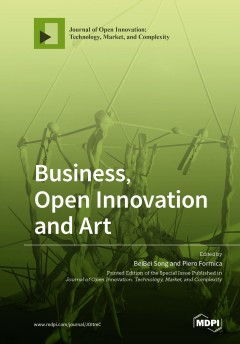
Business, open innovation and art
After its predecessors turned humans and organizations into machines, the Fourth Industrial Revolution is turning machines into humans. As digital machines acquire more and more cognitive intelligence, the development of humans becomes ever more vital, for society and business alike. Time has come to recognize the value of art and humanities. As the world experiences massive turbulence and comp…
- Edition
- -
- ISBN/ISSN
- 9783039366163
- Collation
- xvi, 135p.: ill.
- Series Title
- -
- Call Number
- 705 BUS b
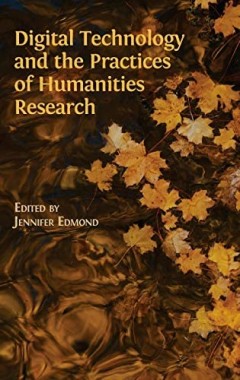
Digital technology and the practices of humanities research
This timely volume illuminates the different forces underlying the shifting practices in humanities research today, with especial focus on how humanists take ownership of, and are empowered by, technology in unexpected ways. Digital Technology and the Practices of Humanities Research is essential reading for scholars, students, and general readers interested in the changing culture of research …
- Edition
- -
- ISBN/ISSN
- 9781783748419
- Collation
- xi, 267p. : ill.
- Series Title
- -
- Call Number
- 001.3072 DIG d
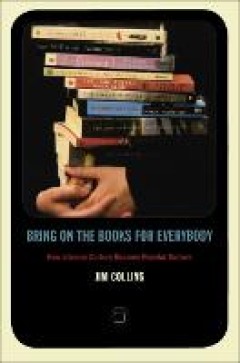
Bring on the books for everybody : how literary culture became popular culture
Bring on the Books for Everybody is an engaging assessment of the robust popular literary culture that has developed in the United States during the past two decades. Jim Collins describes how a once solitary and print-based experience has become an exuberantly social activity, enjoyed as much on the screen as on the page. Fueled by Oprah’s Book Club, Miramax film adaptations, superstore book…
- Edition
- -
- ISBN/ISSN
- 9780822391975
- Collation
- -
- Series Title
- -
- Call Number
- 306.0973 COL
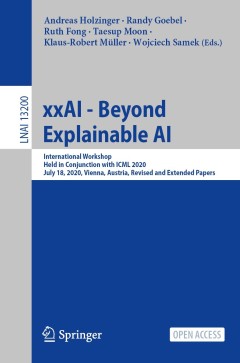
XxAI - beyond explainable AI : International Workshop, Held in Conjunction wi…
Statistical machine learning (ML) has triggered a renaissance of artificial intelligence (AI). While the most successful ML models, including Deep Neural Networks (DNN), have developed better predictivity, they have become increasingly complex, at the expense of human interpretability (correlation vs. causality). The field of explainable AI (xAI) has emerged with the goal of creating tools and …
- Edition
- -
- ISBN/ISSN
- 9783031040832
- Collation
- x; 397 PG; ill.
- Series Title
- Lecture Notes in Computer Science
- Call Number
- 006.3 XXA x

Safety for Particle Accelerators
The use of non-standard technologies such as superconductivity, cryogenics and radiofrequency pose challenges for the safe operation of accelerator facilities that cannot be addressed using only best practice from occupational safety in conventional industry. This book introduces readers to different occupational safety issues at accelerator facilities and is directed to managers, scientists, t…
- Edition
- -
- ISBN/ISSN
- 9783030570316
- Collation
- 148 p. :ill
- Series Title
- -
- Call Number
- 539.720289 THO s
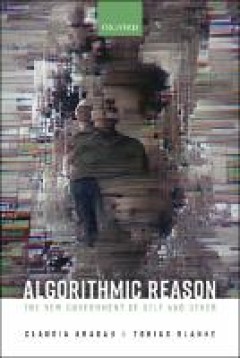
Algorithmic reason : the new government of self and other
Are algorithms ruling the world today? Is artificial intelligence making life-and-death decisions? Are social media companies able to manipulate elections? As we are confronted with public and academic anxieties about unprecedented changes, this book offers a different analytical prism to investigate these transformations as more mundane and fraught. Aradau and Blanke develop conceptual and met…
- Edition
- -
- ISBN/ISSN
- 9780192859624
- Collation
- ix; 288 pg; ill.
- Series Title
- -
- Call Number
- 363.230285 ALG a
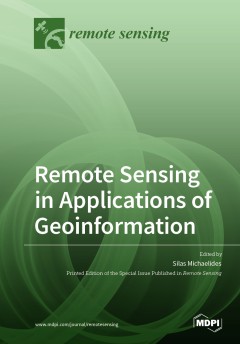
Remote sensing in applications of geoinformation
Remote sensing, especially from satellites, is a source of invaluable data which can be used to generate synoptic information for virtually all parts of the Earth, including the atmosphere, land, and ocean. In the last few decades, such data have evolved as a basis for accurate information about the Earth, leading to a wealth of geoscientific analysis focusing on diverse applications. Geoinform…
- Edition
- -
- ISBN/ISSN
- 9783036523262
- Collation
- vii, 164p.; ill.
- Series Title
- -
- Call Number
- 609 MIC
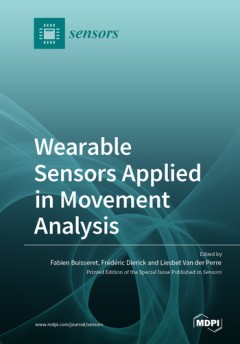
Wearable sensors applied in movement analysis
Recent advances in electronics have led to sensors whose sizes and weights are such that they can be placed on living systems without impairing their natural motion and habits. They may be worn on the body as accessories or as part of the clothing and enable personalized mobile information processing. Wearable sensors open the way for a nonintrusive and continuous monitoring of body orientation…
- Edition
- -
- ISBN/ISSN
- 9783036558592
- Collation
- vii, 143p.; ill.
- Series Title
- -
- Call Number
- 610.28405 WEA w

Industry 4.0 for SMEs - smart manufacturing and logistics for SMEs
In recent years, the industrial environment has been changing radically due to the introduction of concepts and technologies based on the fourth industrial revolution, also known as Industry 4.0. After the introduction of Industry 4.0 in large enterprises, SMEs have moved into the focus, as they are the backbone of many economies. Small organizations are increasingly proactive in improving thei…
- Edition
- -
- ISBN/ISSN
- 9783039365685
- Collation
- ix, 336p.; ill.
- Series Title
- -
- Call Number
- 338.04 IND i
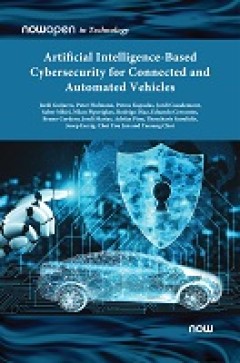
Artificial intelligence-based cybersecurity for connected and automated vehicles
The damaging effects of cyberattacks to an industry like the Cooperative Connected and Automated Mobility (CCAM) can be tremendous. From the least important to the worst ones, one can mention for example the damage in the reputation of vehicle manufacturers, the increased denial of customers to adopt CCAM, the loss of working hours (having direct impact on the European GDP), material damages, i…
- Edition
- -
- ISBN/ISSN
- 9781638280613
- Collation
- xvi, 142p.; ill.
- Series Title
- -
- Call Number
- 005.8 ART a
 Computer Science, Information & General Works
Computer Science, Information & General Works  Philosophy & Psychology
Philosophy & Psychology  Religion
Religion  Social Sciences
Social Sciences  Language
Language  Pure Science
Pure Science  Applied Sciences
Applied Sciences  Art & Recreation
Art & Recreation  Literature
Literature  History & Geography
History & Geography